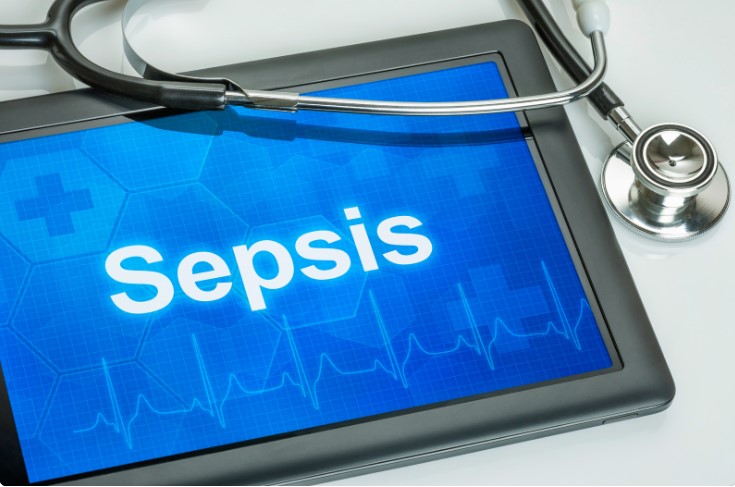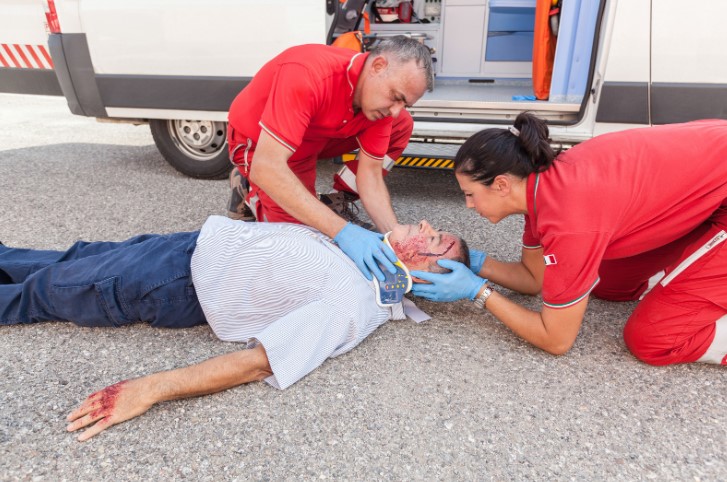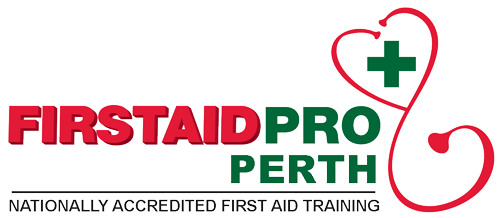Is there a difference between adult and child care first aid courses? The answer is YES.
Providing treatment to adults and children poses different challenges. Adults are usually more aware of their own and have more autonomy and decision-making power on the treatment given than children.
Children, on the other hand, often rely on their parents or guardians to make decisions about them when faced with sickness or injuries. Because of their age, they may not have as much knowledge or understanding of their own health.
Additionally, children may be unable to describe how they feel or understand what is happening, making them prone to different illnesses and injuries than adults.
First Aid Procedures: Adults vs. Children
Here are some first procedures which are performed differently for adults and children.
CPR (cardiopulmonary resuscitation)
Child CPR and adult CPR are similar in many ways, but there are some important differences to keep in mind.
The main differences are:
- Compressions: The compression-to-ventilation ratio for children is 30:2, compared to the adult ratio of 30:2, and the compressions are done with one or two hands depending on the age and size of the child, and compressions are done on the lower half of the breastbone.
- Breaths: Rescue breathing is done differently for children than adults. In a child, you would use bag-mask ventilation with a ratio of 1 breath every 3-5 seconds, while in an adult is 1 breath every 6-8 seconds.
- Chest Size: the chest size of a child is smaller than an adult, so the compressions should be given with less force and at a slower rate.
Defibrillation
Defibrillation is the process of delivering an electrical shock to the heart in order to restore a normal rhythm in cases of cardiac arrest. The main differences between defibrillation in children and adults are the energy level and pad placement.
For children, the energy level used is lower than that used in adults. This is because children’s hearts are smaller and more delicate, and a higher energy level can cause injury.
When it comes to pad placement, the pads for a defibrillator are placed in different positions for children and adults. In children, the pads are placed on the chest, one on the upper right side and one on the lower left side, while in an adult are on the right side of the chest and the left side of the chest.
Choking Management
The Heimlich Maneuver is the primary technique used to clear a foreign object from a choking person’s airway. The technique is performed slightly differently for children and adults. In children, the rescuer should kneel behind the child and give five back blows followed by five abdominal thrusts. In adults, the rescuer should stand behind the person and give five abdominal thrusts.
Also, children have smaller airways than adults and are at higher risk of choking on small objects such as coins, beads, or small toys. So, it’s important to always keep these objects away from children and to be vigilant when they are eating.
Burn Treatment
Burn treatment for children and adults is similar in many ways, but there are some important differences to keep in mind.
The main differences are:
- Size and depth of burn: Children’s skin is thinner and more delicate than adults, so they are more susceptible to burns, and the burns tend to be deeper and more severe, requiring more specialised care.
- Pain management: Children may have more difficulty expressing their pain, so it is important to be vigilant and monitor their behaviour for signs of pain, such as crying, restlessness, or changes in appetite.
- Specialised care: Children may require specialised burn care, such as the use of specific dressings or the care of a pediatric burn team.
First Aid For Fractures
For adults and children, it is important to immobilise the injured limb to prevent further damage and reduce pain.
The way the limb is immobilised can be different, as fractures in children are often managed differently than adult fractures. For example, in children, a long arm splint or a short arm splint may be used, while in adults, a sling or a brace may be used.
Children’s bones are softer and more pliable than adults, making them more susceptible to fractures. They may require specialised care to ensure that their fractures are properly treated and that they make a full recovery.
How Is Adult First Aid Different From Child First Aid?
Interested in getting a first aid training course? It is important that you choose the most appropriate one for your situation.
Childcare first aid is quite different from adult first aid training for the following reasons:
- Child care is for children two weeks of age to 18 years – after that, adult first aid is more appropriate, especially for working adults.
- Child care first aid often includes specific guidelines and protocols for dealing with children, such as how to properly restrain a child or how to administer medication to a child. Adult first aid, on the other hand, is focused on dealing with injuries and illnesses that affect adults, such as heart attacks or broken bones.
- Child care first aid is focused on providing immediate care to children who may be in critical condition, while adult first aid is focused on providing treatment to adults who are in stable conditions.
For this reason, learning both adult and child first aid is important to be prepared for any emergency situation and to ensure that you can take care of yourself, your family, and others in case of unexpected accidents and injuries.
Learn First Aid
Knowing how to perform first aid can help you be prepared for any situation, whether it is an emergency with an adult, a child, or both. Learning these skills shows that you care about the well-being of yourself, your family, and others.
Learn first aid today with the First Aid Course Canberra.
View our course page for more information.







